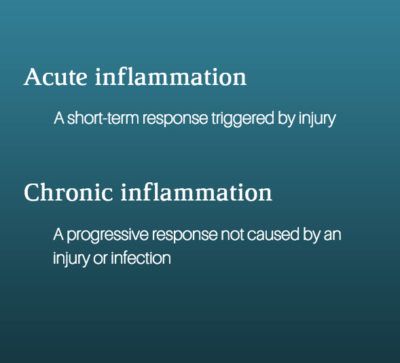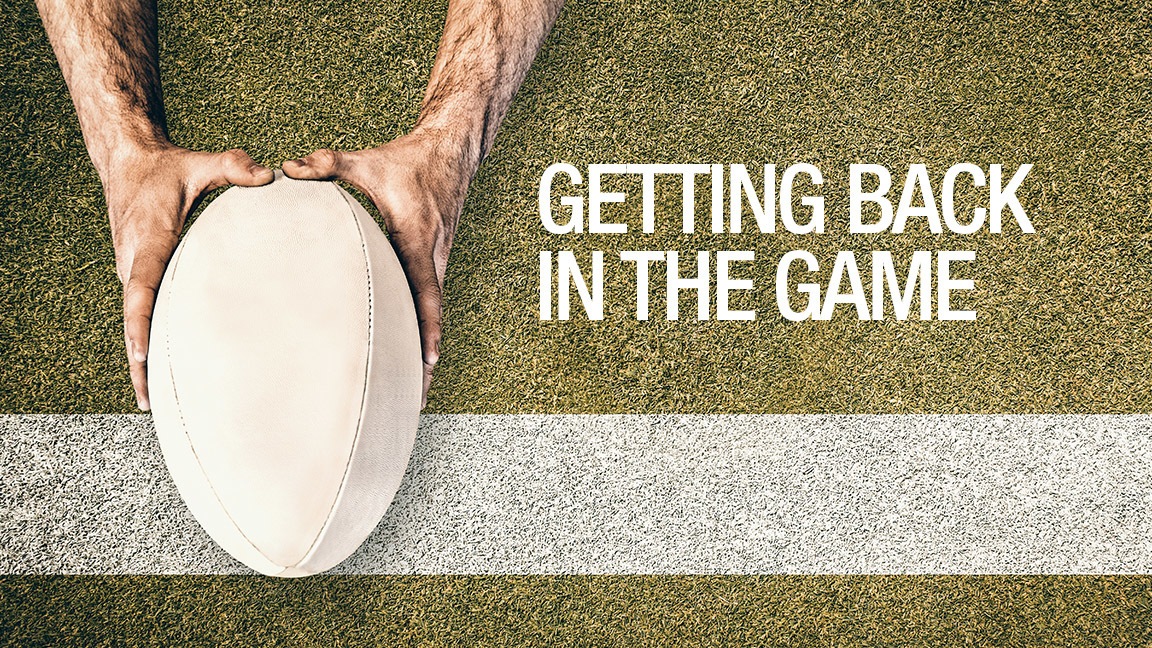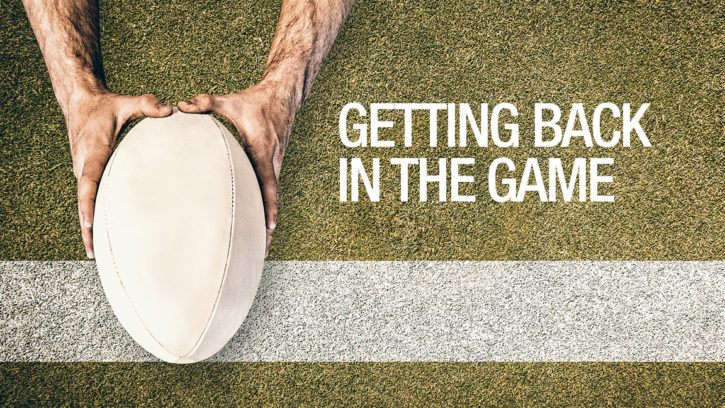Acute Versus Chronic Inflammation
Life of the Ex-Athlete
I don’t remember the last time I wore a rugby jersey, but there isn’t a morning I don’t remember that I played in one.
Rugby is a brutal game. Played without pads, 15 knuckleheads try to advance the ball through 15 other knuckleheads who are actively trying to tackle them. For 80 uninterrupted minutes, players smash and crash into each other.
It was always intense, even scary at times, but it was the most fun I’ve ever had.
But playing for over a decade came with consequences. Injuries were inevitable and I still feel them every morning getting out of bed.
I suffered a snapped clavicle, two dislocated shoulders, numerous broken fingers, and a busted wrist. That doesn’t include a knee that can predict the weather or emergency visits to the dentist.
So, it’s safe to say I know a thing or two about living with both acute and chronic inflammation.
Acute Versus Chronic Inflammation
Acute inflammation is a short-term response triggered by an injury. Think of it as a cause-and-effect inflammation. Twist your ankle and it’s going to swell up. Cut your hand and you’ll get a red raised edge. Touch a hot pan and experience a throbbing pain. It’s easier to identify and treat.
 Chronic inflammation, on the other hand, is a bit more complicated.
Chronic inflammation, on the other hand, is a bit more complicated.
It’s defined as a progressive response not caused by an injury or infection. Those with chronic inflammation often have allergies, autoimmune disease, or suffer from “wear and tear” conditions like osteoarthritis.
In addition, lifestyle choices can lead to chronic inflammation. Excessive body weight, an unhealthy diet, lack of exercise, tobacco use, poor oral health, or consuming too much alcohol can contribute.
Because we live active and exciting lives, we’re subject to occasional acute inflammation. You can limit your risks of bangs and bruises, but accidents happen. With making smart lifestyle changes and taking control of your health, you can lower your chance of suffering from chronic inflammation.
Getting Back in the Game
My first step toward limiting chronic inflammation was simple. I changed my diet. While there is no direct evidence that there is a perfect anti-inflammatory diet, it made sense to follow a Mediterranean-style pattern of eating.
I got rid of the weekly ribeye steaks, stopped hitting the fast-food joints on the way home, and eliminated sugary drinks. In addition, I made some other easy-to-follow changes:
- Consumed healthy fats like olive oil and avocados
- My snacks became small handfuls of walnuts and almonds
- Ate a generous amount of fresh fruits and vegetables daily
- Substituted red meat for cold-water fish like salmon and halibut
- Cut out the beer for the occasional glass of red wine
Most importantly, I focused on portion size. Eating multiple smaller meals was better than my huge dinner. I feel lighter, sleep better, and have more energy to take on the day.
Putting the Jersey Back On
Since hanging up the rugby cleats, I’ve found other ways of competing and getting exercise. And trust me, they don’t involve getting tackled.
Low-impact activities like long walks and hikes get my heart rate up without putting too much pressure on my knees. There’s nothing better than going for a swim or a bike ride during the summer months. And the occasional yoga class does wonders for my flexibility.
By focusing on my diet and getting some exercise, I’ve noticed a lot of positive changes. The creaks and pops in the morning aren’t nearly as bad.
By eating better and tracking my fitness progress, I don’t have as many nagging aches. And I know I’m moving away from chronic inflammation by really thinking about the choices I make every day.
Learn more about acute and chronic inflammation at Ask the Scientists. It’s a wealth of nutritional information.
How About You?
Tell us in the comments what you’re doing to limit your chronic inflammation.




Leave a Reply
Want to join the discussion?Feel free to contribute!